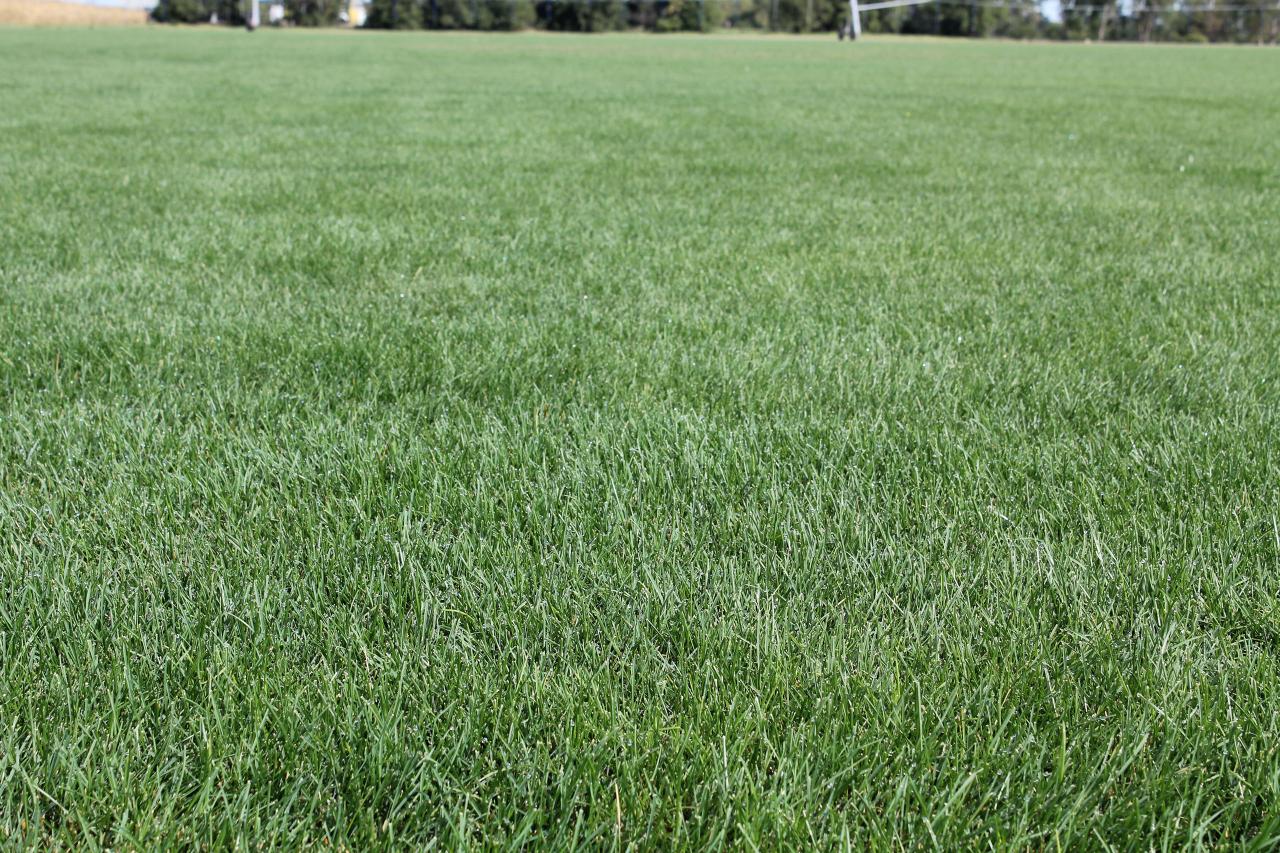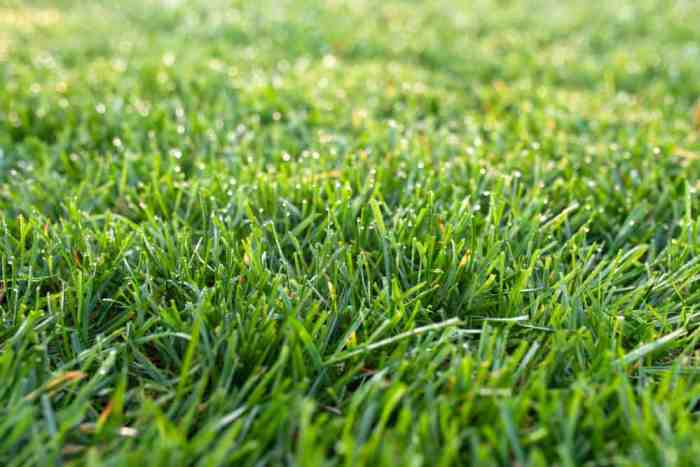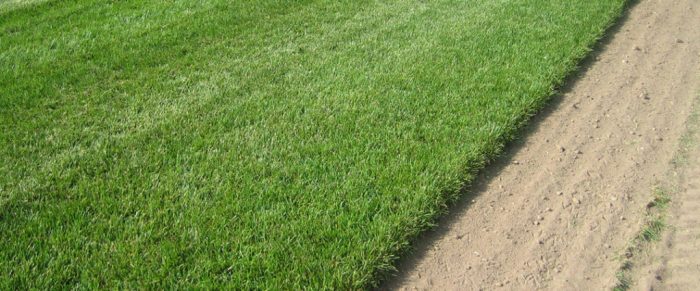Kentucky bluegrass has greater heat resistance than annual bluegrass, a significant advantage that sets it apart in warm climates. This article delves into the physiological adaptations and practical implications of this heat tolerance, exploring the key differences between these two popular lawn grasses.
The subsequent paragraphs will delve into specific aspects of heat resistance, drought tolerance, growth habits, disease resistance, nutrient requirements, maintenance practices, and visual appearance, providing a comprehensive understanding of the advantages and considerations associated with each grass species.
Heat Resistance Comparison

Kentucky bluegrass and annual bluegrass exhibit distinct differences in their heat resistance capabilities. Kentucky bluegrass, known for its resilience, can withstand higher temperatures compared to annual bluegrass. This resilience is attributed to physiological adaptations that enable Kentucky bluegrass to endure extreme heat conditions.
In specific, Kentucky bluegrass can tolerate temperatures up to 35°C (95°F), while annual bluegrass struggles to survive above 25°C (77°F). Kentucky bluegrass possesses thicker cuticles and smaller leaf area, which reduces water loss through transpiration, allowing it to retain moisture during periods of heat stress.
Drought Tolerance

Kentucky bluegrass and annual bluegrass have varying levels of drought tolerance. Kentucky bluegrass exhibits superior drought tolerance due to its extensive root system that reaches deep into the soil, enabling it to access water reserves during dry periods.
In contrast, annual bluegrass has a shallower root system, making it more susceptible to drought conditions. To enhance drought tolerance, it is recommended to water Kentucky bluegrass deeply and less frequently, encouraging deep root growth and reducing water loss.
Growth Habits

Kentucky bluegrass and annual bluegrass exhibit distinct growth habits that influence their suitability for various lawn applications.
- Kentucky bluegrass:Forms dense, rhizomatous sod with a medium to fine leaf texture. It spreads both above and below ground, creating a thick and durable turf.
- Annual bluegrass:Has a more open growth habit, forming loose tufts with a coarse leaf texture. It spreads primarily through seed production and is less dense than Kentucky bluegrass.
Kentucky bluegrass is well-suited for high-traffic areas and sports fields due to its durability, while annual bluegrass is better suited for temporary lawns or areas with limited maintenance.
Disease Resistance

Kentucky bluegrass and annual bluegrass are susceptible to different diseases due to genetic makeup and environmental factors.
- Kentucky bluegrass:Common diseases include leaf spot, dollar spot, and brown patch.
- Annual bluegrass:Prone to rust, powdery mildew, and fusarium blight.
Disease prevention and control measures include proper watering, fertilization, and aeration to maintain optimal plant health. Fungicides may be necessary to control severe disease outbreaks.
FAQ Compilation: Kentucky Bluegrass Has Greater Heat Resistance Than Annual Bluegrass
Does annual bluegrass have any heat resistance?
Yes, but it is significantly lower than Kentucky bluegrass. Annual bluegrass typically goes dormant or dies during prolonged periods of high temperatures.
What is the ideal temperature range for Kentucky bluegrass?
Kentucky bluegrass thrives in temperatures between 60-80°F (16-27°C) but can tolerate temperatures up to 95°F (35°C) for short periods.
How can I improve the heat resistance of my Kentucky bluegrass lawn?
Regular watering, proper mowing practices, and reducing foot traffic during hot weather can help maintain a healthy and heat-resistant Kentucky bluegrass lawn.